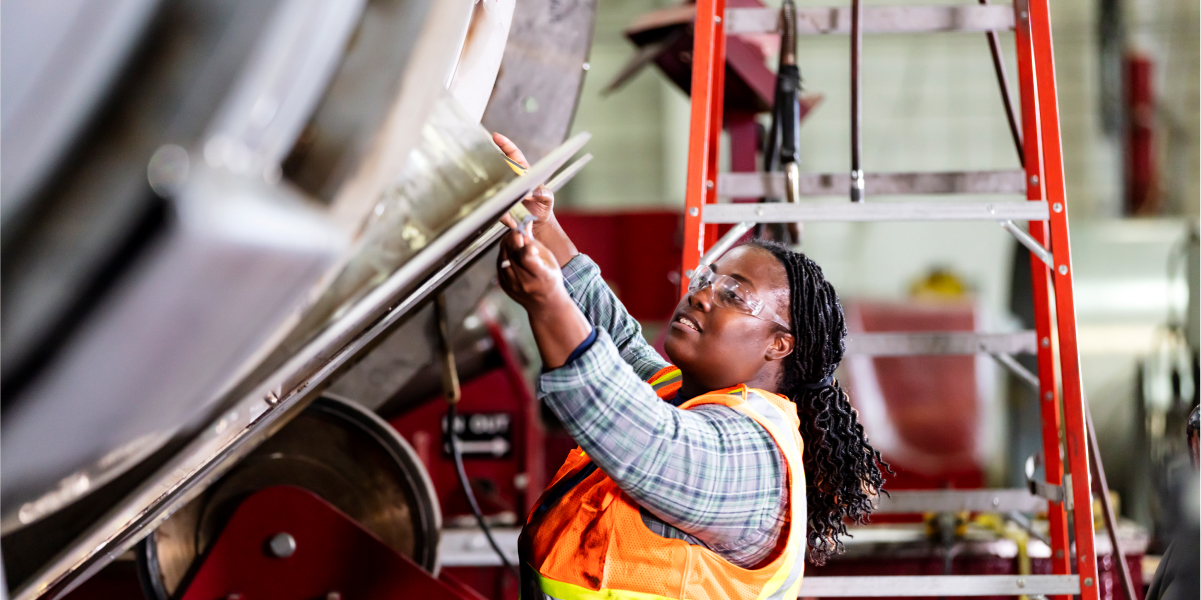Carbon monoxide can disable and kill a person quickly. Carbon monoxide enters the body through the respiratory system as CO is inhaled with the air during normal breathing. The carbon monoxide goes straight to work on the red blood cells of the victim. Specifically, hemoglobin in the red blood cells binds to carbon monoxide rather than oxygen. In fact, carbon monoxide forms bond 300 times more easily with hemoglobin than oxygen. That means carbon monoxide replaces oxygen in the red blood cells.
How Carbon Monoxide Affects the Body
Signs of oxygen deprivation can appear within a very short timeframe. Even small amounts of CO entering the bloodstream can initiate a physical response from the body because the body is not receiving sufficient levels of oxygen in the blood. Symptoms associated with carbon monoxide ingestion are:
- Headaches,
- Rapid breathing,
- Exhaustion,
- Weakness,
- Confusion,
- Dizziness,
- Loss of consciousness, and
- Nausea.
Injuries from carbon monoxide poisoning can occur when the brain is no longer supplied with oxygen-rich blood. The medical term for this condition is hypoxia. Hypoxia can have devastating and irreversible effects on the victim of carbon monoxide poisoning.
Hypoxia can cause brain damage. Occasionally, the effects of hypoxia may be reversed with rapid medical intervention. Unfortunately, oxygen deprivation to the brain can cause irreversible brain damage as well. Heart damage can occur from depleted oxygenated blood as well. Furthermore, the victim’s reproductive system can suffer damage from prolonged carbon monoxide exposure.
Carbon Monoxide Exposure in the Workplace
The Occupational Safety and Health Administration (OHSA) established limitations on the amount of carbon monoxide to which a worker may be exposed on the job site. OHSA regulations allow a worker to inhale 50 carbon monoxide particles per one million of air particles during an 8-hour shift for the average worker. OSHA’s regulations allow employees who work with roll-on dumpsters and other dispensers near exhaust from vehicles to experience 200 carbon monoxide parts per one million parts of average air.
Jobs With High CO Exposure Rates
Most jobs with a high degree of exposure to carbon monoxide typically place workers near combustion engines. Examples of workers frequently exposed to carbon monoxide are:
- Welders,
- Mechanics,
- Police Officers,
- Firefighters,
- Taxi driver,
- Carbon-black maker,
- Metal oxide reducer,
- Longshore workers,
- Customers inspector,
- Toll booth attendant,
- Tunnel worker,
- Forklift driver,
- Garage mechanic,
- Diesel engine mechanics and operators, and
- Marine Terminal workers.
The common thread among these occupations is how the job places the worker near a running engine powered by a petroleum product. Workers who spend all or part of their shift working in breweries, oil refineries, boiler rooms, on docks, near blast furnaces, on docks, or in the production of steel as well as paper and pulp production.
Rights of Georgia Workers Exposed to Dangerous Levels of Carbon Monoxide
Georgia law affords employees rights under Georgia’s comprehensive workers’ compensation laws. Georgia workers must notify their employer of exposure to CO within 30 days unless the employer witnessed the incident. A certified physician must examine you to determine the extent of your injury. Your employer’s workers’ compensation insurance will pay you for the time you are disabled. You do not need to prove that your employer did something wrong to recover workers’ compensation benefits.
Sources:
https://www.ncbi.nlm.nih.gov/pubmed/28650713
https://www.cdc.gov/niosh/topics/co-comp/
https://www.osha.gov/OshDoc/data_General_Facts/carbonmonoxide-factsheet.pdf


